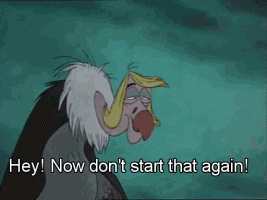So in all reality, Canon is offering these photographers a lens that doesn't need a teleconverter to cover 200-800mm F/9. So even if it's $2000, it's a discount over getting the Sony lens for $2000 and then getting a $500 teleconverter. Clearly, the huge amount of people who use the Sony 200-600 with a teleconverter haven't had a problem with 840mm F/9, so I think the aperture is a nonissue at this point.
Exactly what I thought, when I read about this lens. I wouldn't say that the aperture is a nonissue, but if you are not able to spend the money for a big tele prime, you have no other choice.
That's a good way to look at it and probably Canon's strategy to "beat" Sony and Nikon: offer a similar sized and priced lens with 200mm more focal length.
But if the aperture at 600mm is F7.1 or F8 then it will be a disappointment to me.
I think you will be disappointed then. The 200-800 starts at F6.3, so I guess it won't be F6.3 at 600mm and then drops all the way from F6.3 to F9 from 600mm to 800mm. More likely the aperture will already be F7.1 or F8 at 600mm.
Upvote
0

